Impatiens And Downy Mildew: Alternatives To Planting Impatiens In The Garden
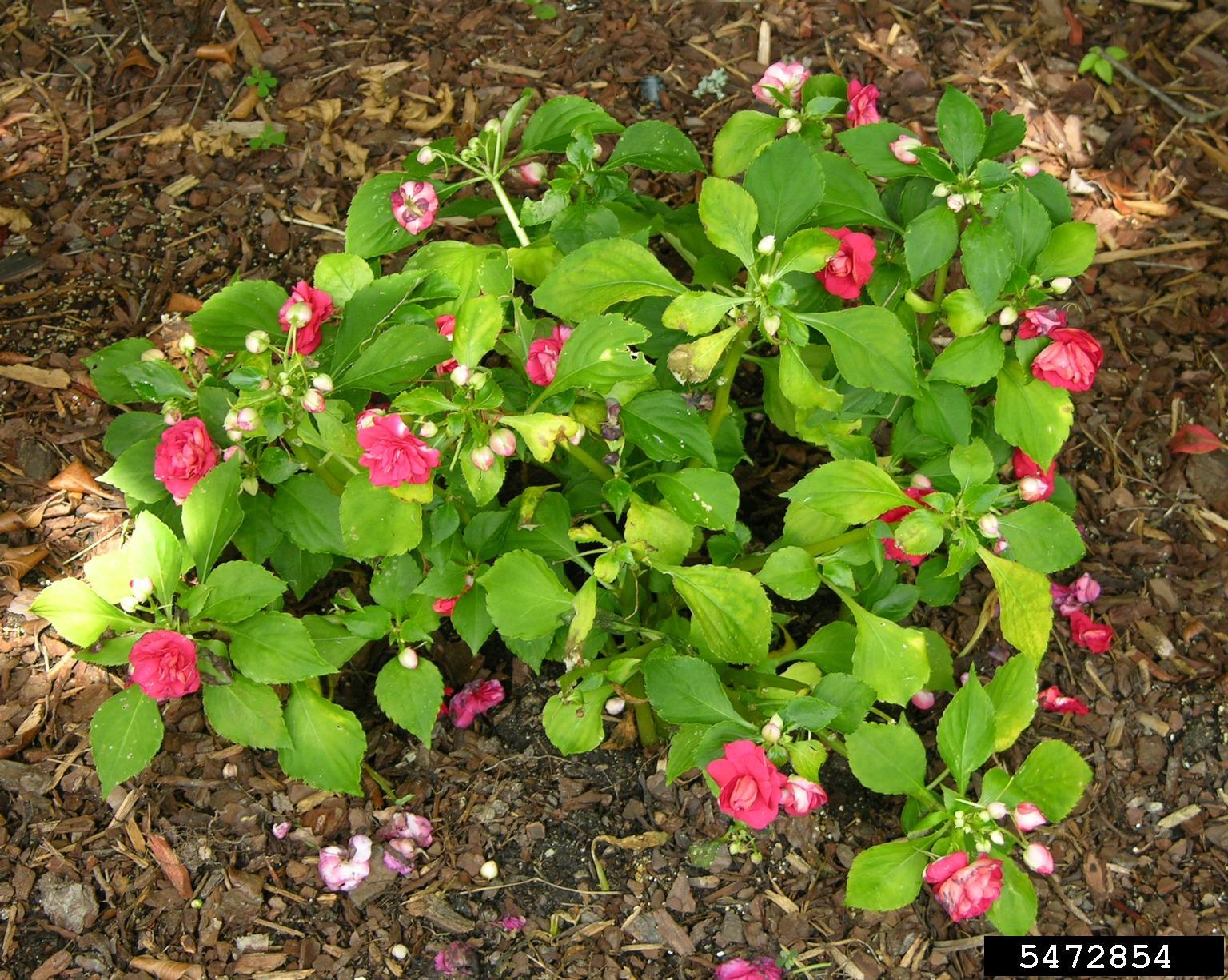

Impatiens are one of the standby color selections for shady regions in the landscape. They are also under threat from a water mold disease that lives in soil, so check those shade annuals carefully before you purchase. There is a tough disease of impatiens (called downy mildew) that is species specific and will kill the plants. It has the ability to overwinter in soil, making it a threat for years to come even if you don't bring in affected plants. One way to avoid issues is to use alternatives to planting impatiens and give the soil a chance to get rid of the harboring mold.
What are the Causes and Symptoms?
The impatiens fungus is caused by the pathogen Plasmopara obducens, which is very difficult to control. The fungus on impatiens plants forms in cool moist or humid conditions, generally in spring or fall. Ornamental impatiens and downy mildew go hand in hand in 30 states of the Union with only a few resistant varieties available. It affects both cultivated and wild impatiens, but not New Guinea impatiens. Downy mildew starts on the underside of the leaves and causes them to fade and develop stippling much like that seen with heavy spider mite feeding. The leaves get droopy and eventually white cottony spores will appear on the foliage. Eventually, all the leaves drop off and you have a skeleton of a plant. Without leaves, the plant can no longer feed itself with carbohydrates harvested through photosynthesis and it will wither and die. Any fungus on impatiens plants is contagious to other plants in the group but it does not affect any other ornamental species.
What to Do About Impatiens and Downy Mildew?
The impatiens fungus is actually not a fungus, but mildew, and as such doesn't respond to fungicides. There are applications that work as a pre-emergence but once the plant has the disease, there is nothing to be done except remove it from the garden. The mold is already in the soil by that point, and it is, therefore, unwise to plant impatiens again since the pathogen can overwinter and lurk until its preferred host is in range. Using plant alternatives for impatiens downy mildew is the best choice to prevent dying plants. There are many shade ornamentals that are suitable alternatives to planting impatiens.
Plant Alternatives for Impatiens Downy Mildew Prevention
Many shade ornamentals can provide the color and interest of impatiens without the danger of the mildew. Below are just a handful to choose from:
- Joseph's Coat comes in many hues and has notable foliage.
- Coleuses are also spectacular colorful leaved plants in tones from green to pink and yellow, plus many more in between.
- Fuchsia, begonias, and lobelias are all easy to find in nurseries with vast form and texture available.
- Elephant ears, Alocasia, and Oxalis are interesting and impactful foliage plants for shade.
- Scarlet sage and mealycup sage are forms of salvia and add dimension as well as color.
There are many more alternatives to planting impatiens that will provide the color and drama you require in your shade garden.
Gardening tips, videos, info and more delivered right to your inbox!
Sign up for the Gardening Know How newsletter today and receive a free copy of our e-book "How to Grow Delicious Tomatoes".

Bonnie Grant is a professional landscaper with a Certification in Urban Gardening. She has been gardening and writing for 15 years. A former professional chef, she has a passion for edible landscaping.
-
 Looking For Plants To Give You The Soft And Fuzzies? Try These 5 Fuzzy Leaf Plant Options
Looking For Plants To Give You The Soft And Fuzzies? Try These 5 Fuzzy Leaf Plant OptionsLovers of texture, drama, silver foliage and tactile plants will adore these special sensory garden additions. These fuzzy leaf plant options will leave you all aglow
By Susan Albert
-
 Get Ready For A Summer Of Hummers! Grow These Full Sun Hummingbird Plants and Flowers
Get Ready For A Summer Of Hummers! Grow These Full Sun Hummingbird Plants and FlowersIf you’re lucky enough to enjoy a sunny backyard, make sure you are maxing out on your pollinator opportunities and grow these full sun hummingbird plants and flowers
By Tonya Barnett
-
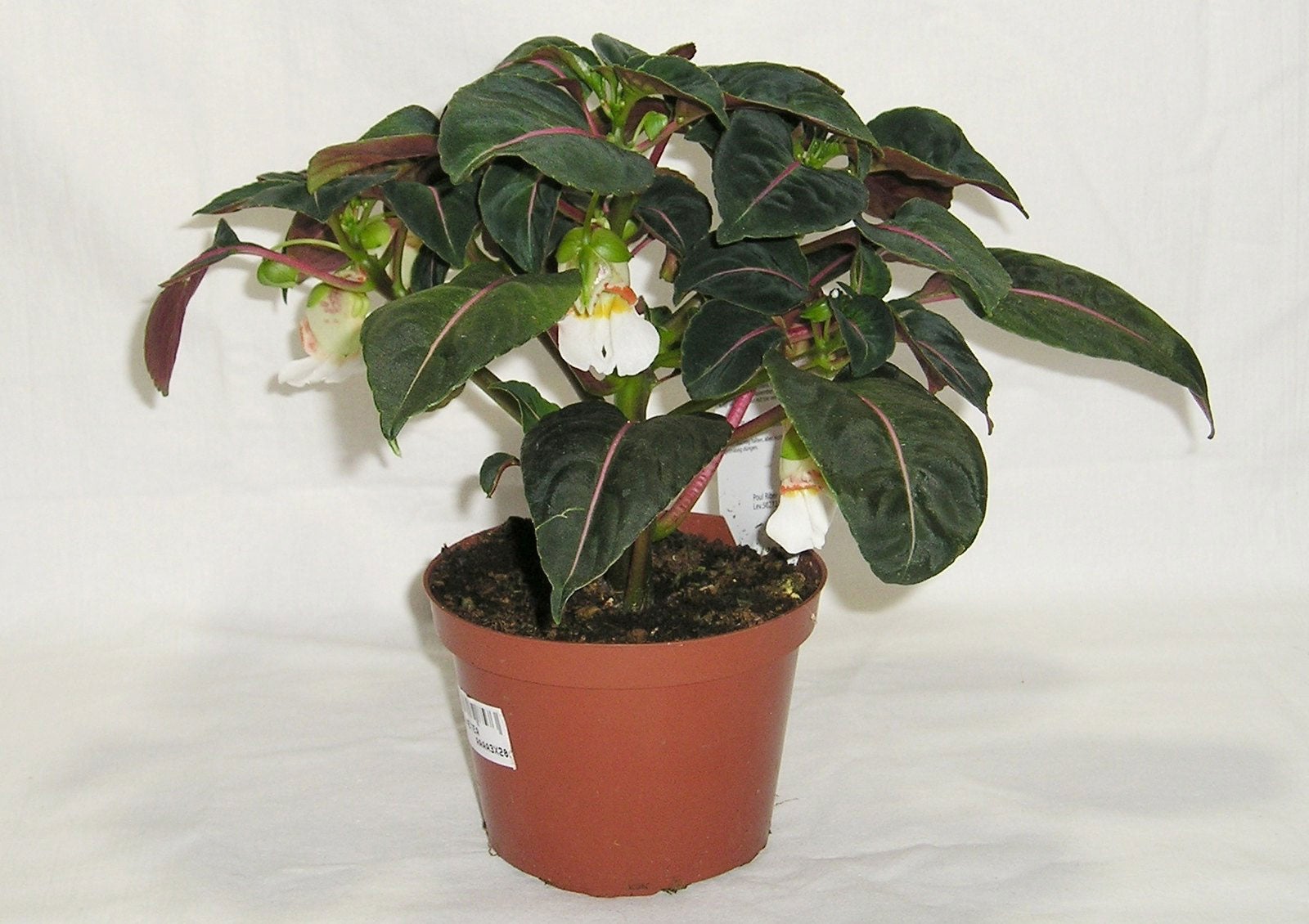 Velvetea Impatiens Care: Tips For Growing Velvet Love Impatiens
Velvetea Impatiens Care: Tips For Growing Velvet Love ImpatiensImpatiens are a staple annual flower for many gardeners. These flowers do well in partial shade and come in a variety of colors. If you enjoy regular impatiens, give the Velvet Love impatiens variety a try. To learn more, click the following article.
By Mary Ellen Ellis
-
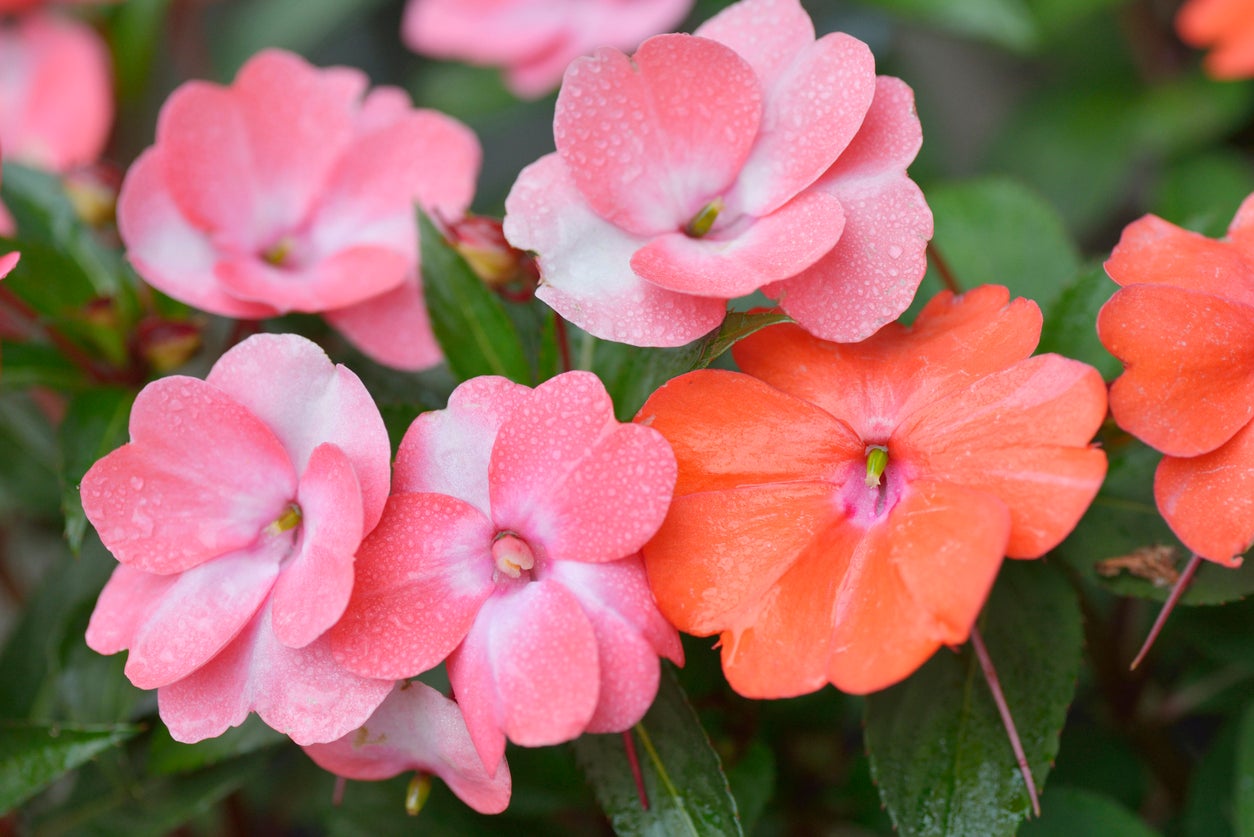 Cutting Back Impatiens: Learn About Pruning Impatiens Plants
Cutting Back Impatiens: Learn About Pruning Impatiens PlantsImpatiens are perfect for filling in those shady areas of beds and the yard where other plants just don’t thrive. They add color and cheer, but impatiens can also become leggy, showing off more stems that blooms. Learn how to cut back impatiens plants in this article.
By Mary Ellen Ellis
-
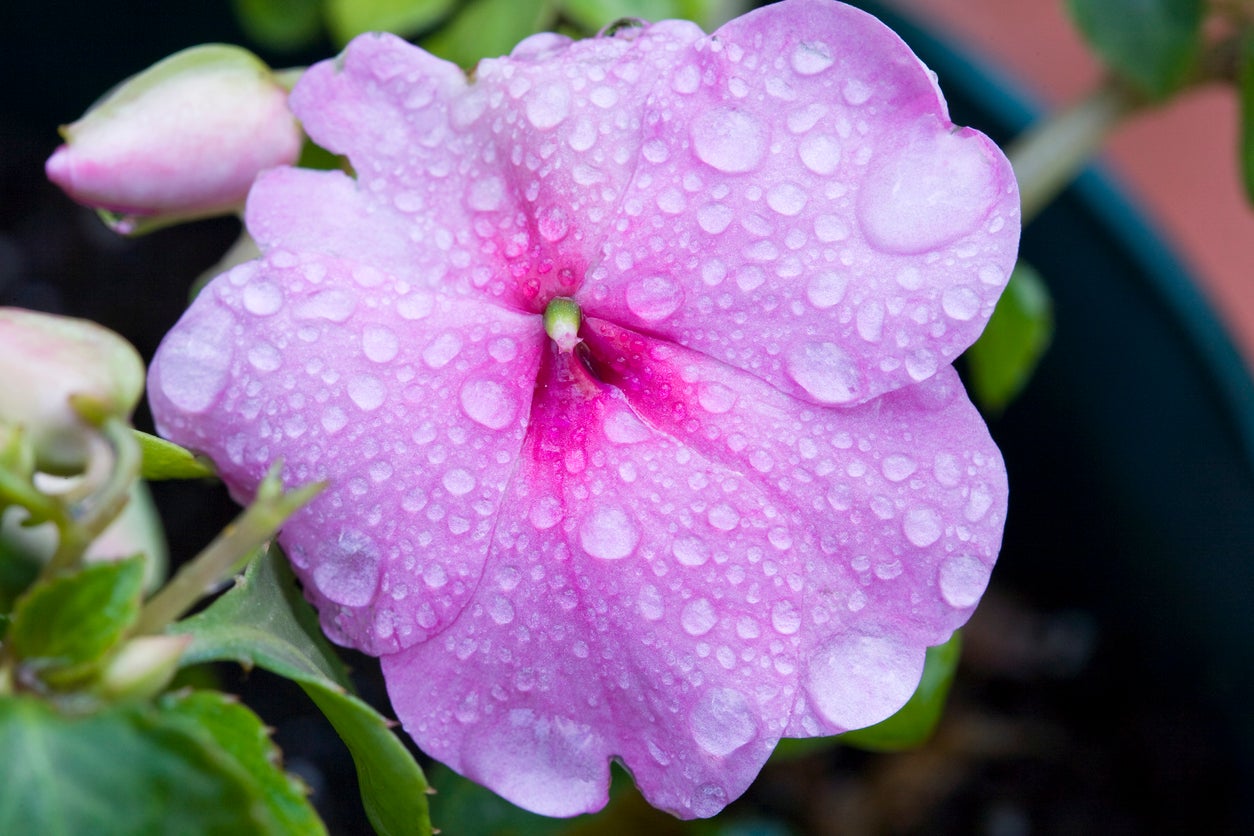 Impatiens Water Needs – Learn How To Water Impatiens Plants
Impatiens Water Needs – Learn How To Water Impatiens PlantsBecause of their preference to grow in partial, afternoon, and/or filtered shade, many impatiens’ water needs are different from sun-loving plants. Learn how to water impatiens correctly in this article. Click here for more information.
By Becca Badgett
-
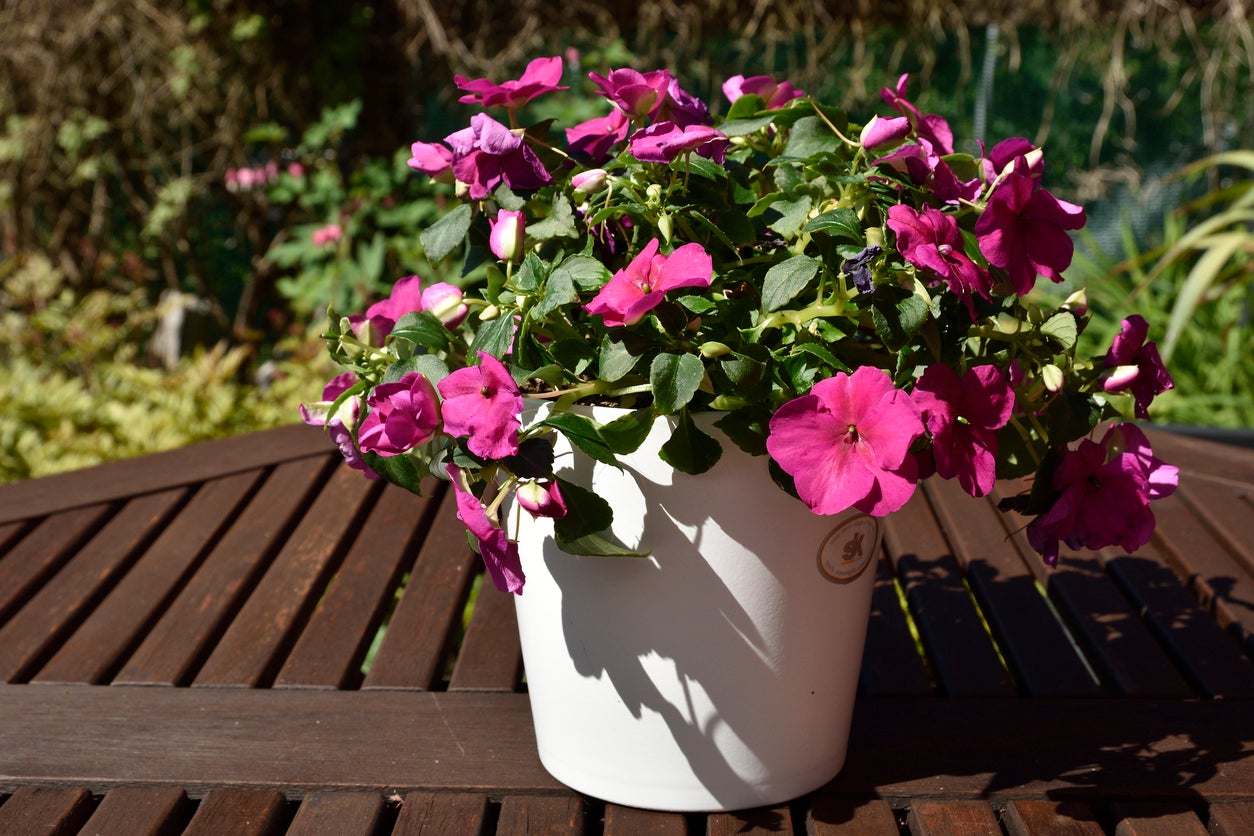 Houseplant Impatiens: How To Keep Indoor Impatiens Plants
Houseplant Impatiens: How To Keep Indoor Impatiens PlantsReadily available in garden centers and at plant nurseries, impatiens are easy to find flowering plants thrive in shady locations. Due to this, impatiens are also excellent candidates for container culture indoors throughout the winter. Click here to learn more.
By Tonya Barnett
-
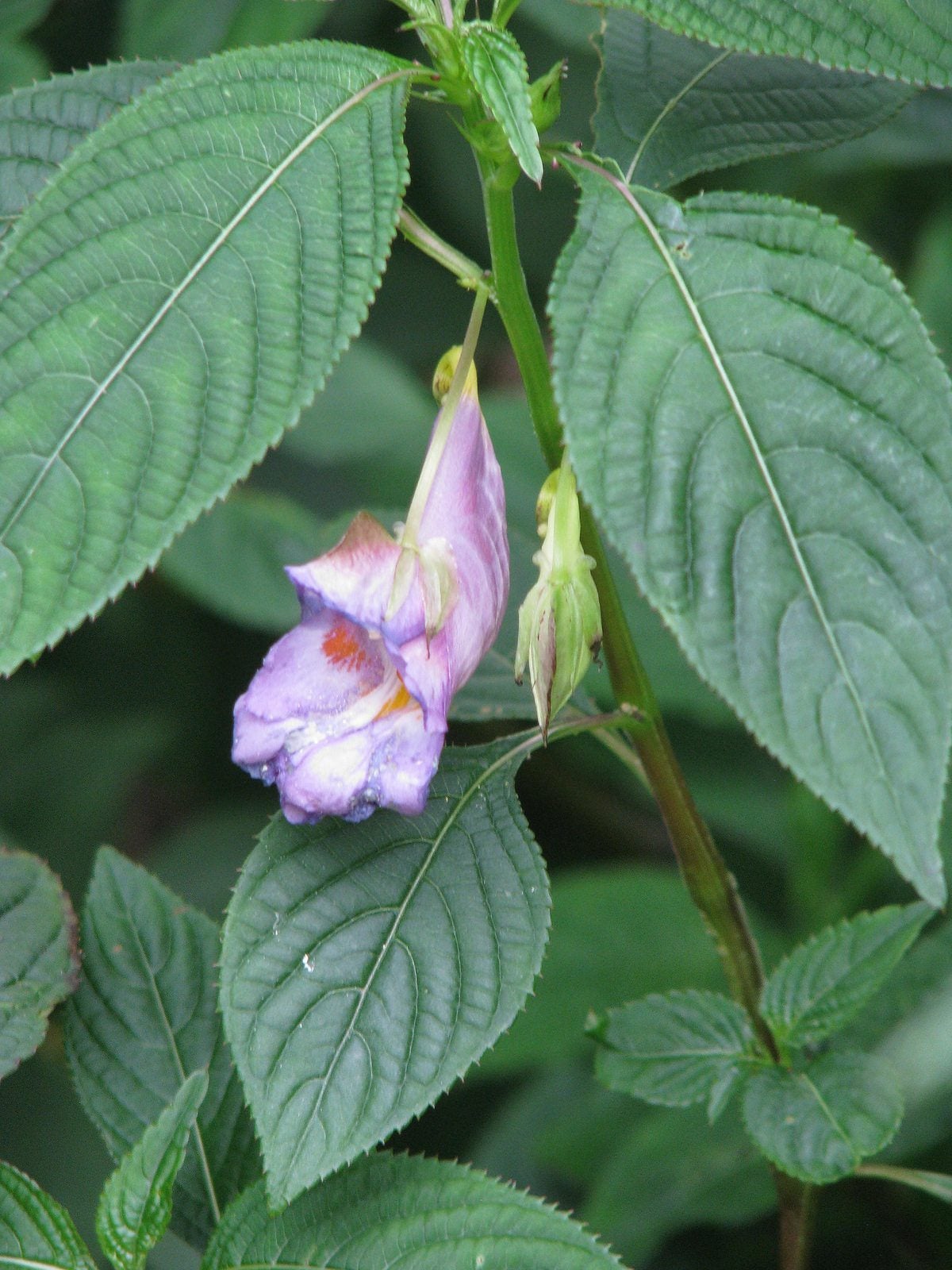 What Is Impatiens Arguta – Tips For Growing Upright Impatiens Plants
What Is Impatiens Arguta – Tips For Growing Upright Impatiens PlantsWhen you hear someone mention impatiens, you probably picture the shade-loving bedding plants or New Guinea types. Toss those pictures out the window because the new, rare varieties of Impatiens arguta are like no impatiens you've ever seen before. Learn more here.
By Darcy Larum
-
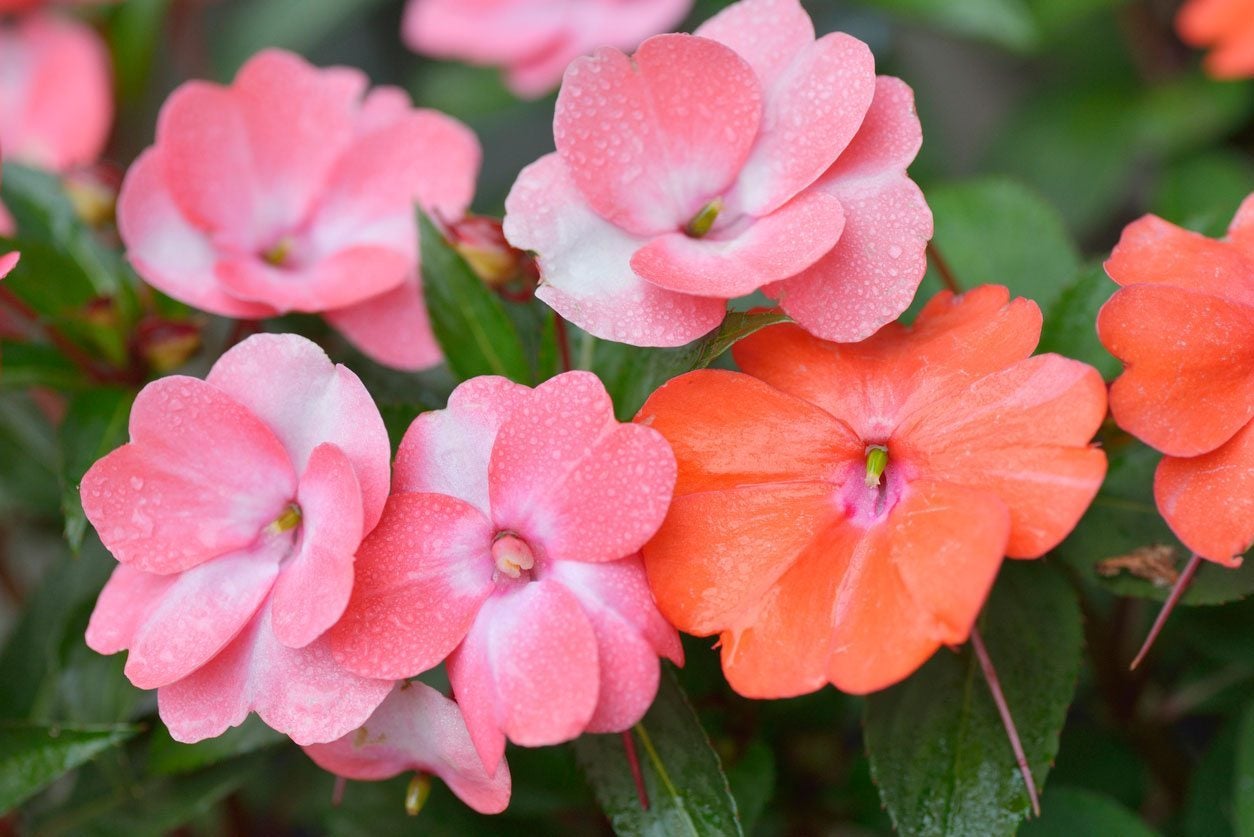 Impatiens Won't Bloom: Reasons For No Flowers On Impatiens Plant
Impatiens Won't Bloom: Reasons For No Flowers On Impatiens PlantImpatiens plants are great bedding and container flowers that ought to bloom reliably all summer long. That?s why it can be especially frustrating if your plants stop blooming or never even start. Learn more about why impatiens won?t bloom in this article.
By Liz Baessler
-
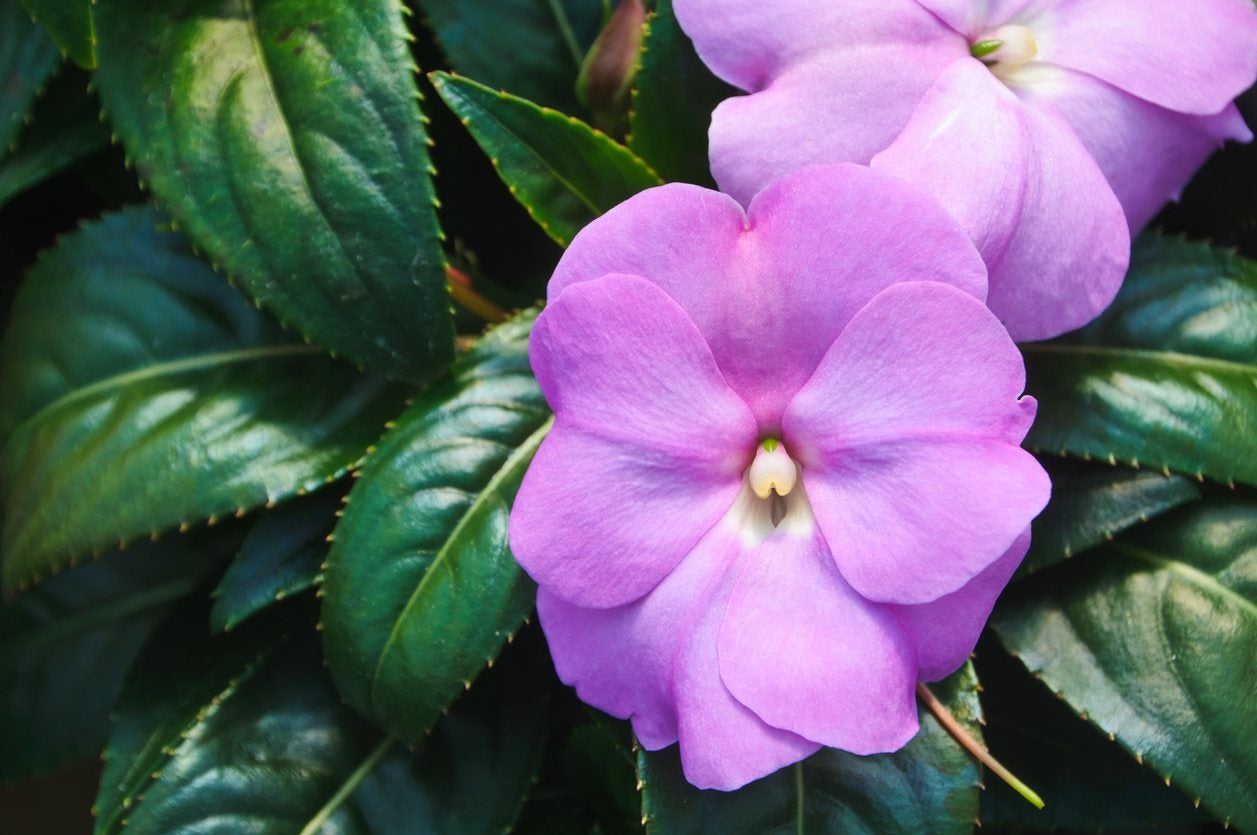 Seed Propagating New Guinea Impatiens – Can You Grow New Guinea Impatiens From Seeds
Seed Propagating New Guinea Impatiens – Can You Grow New Guinea Impatiens From SeedsOne annual favorite that can be quite pricey because of its bright flowers and variegated foliage is New Guinea impatiens. No doubt many of us have considered growing these higher-priced plants by seed. Can you grow New Guinea impatiens from seed? Find out here.
By Darcy Larum
-
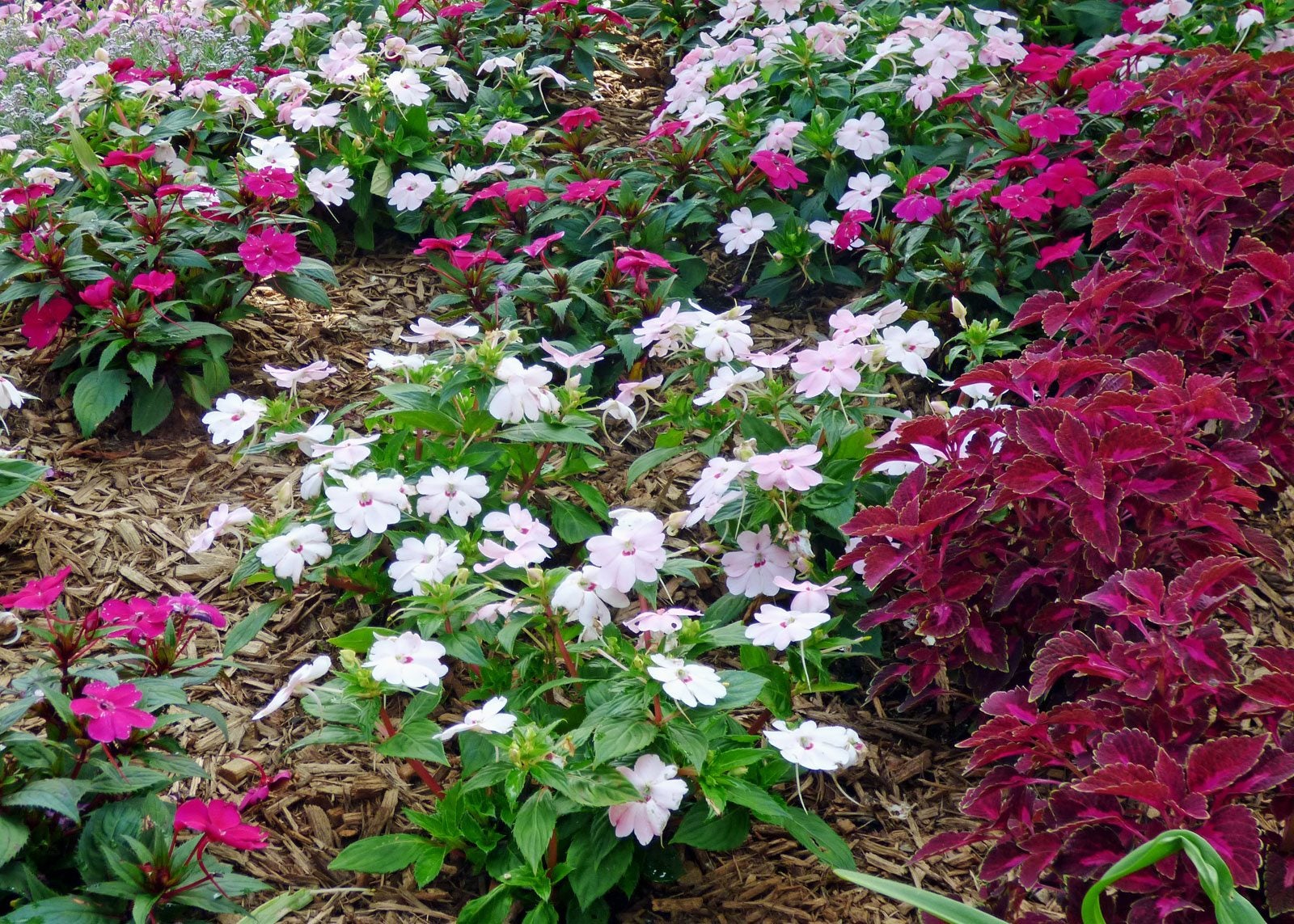 What Are Sunpatiens: How To Plant Sunpatiens In Garden Beds
What Are Sunpatiens: How To Plant Sunpatiens In Garden BedsSunpatiens is a relatively new impatiens hybrid that thrives in full sun and hot, humid weather, greatly expanding the area in which gardeners can spread impatiens color. Click here for information on how to plant sunpatiens and sunpatiens plant care.
By Liz Baessler